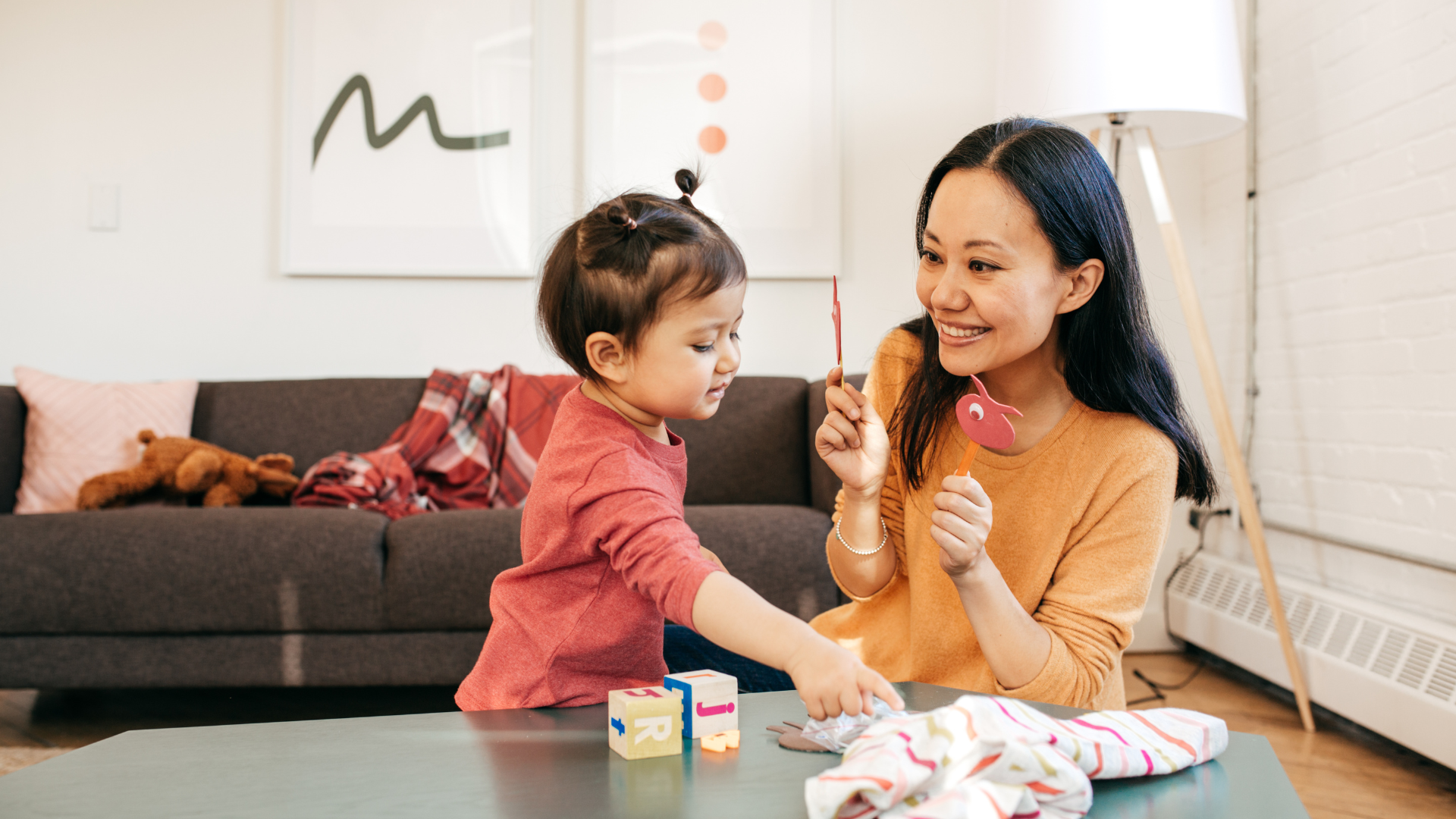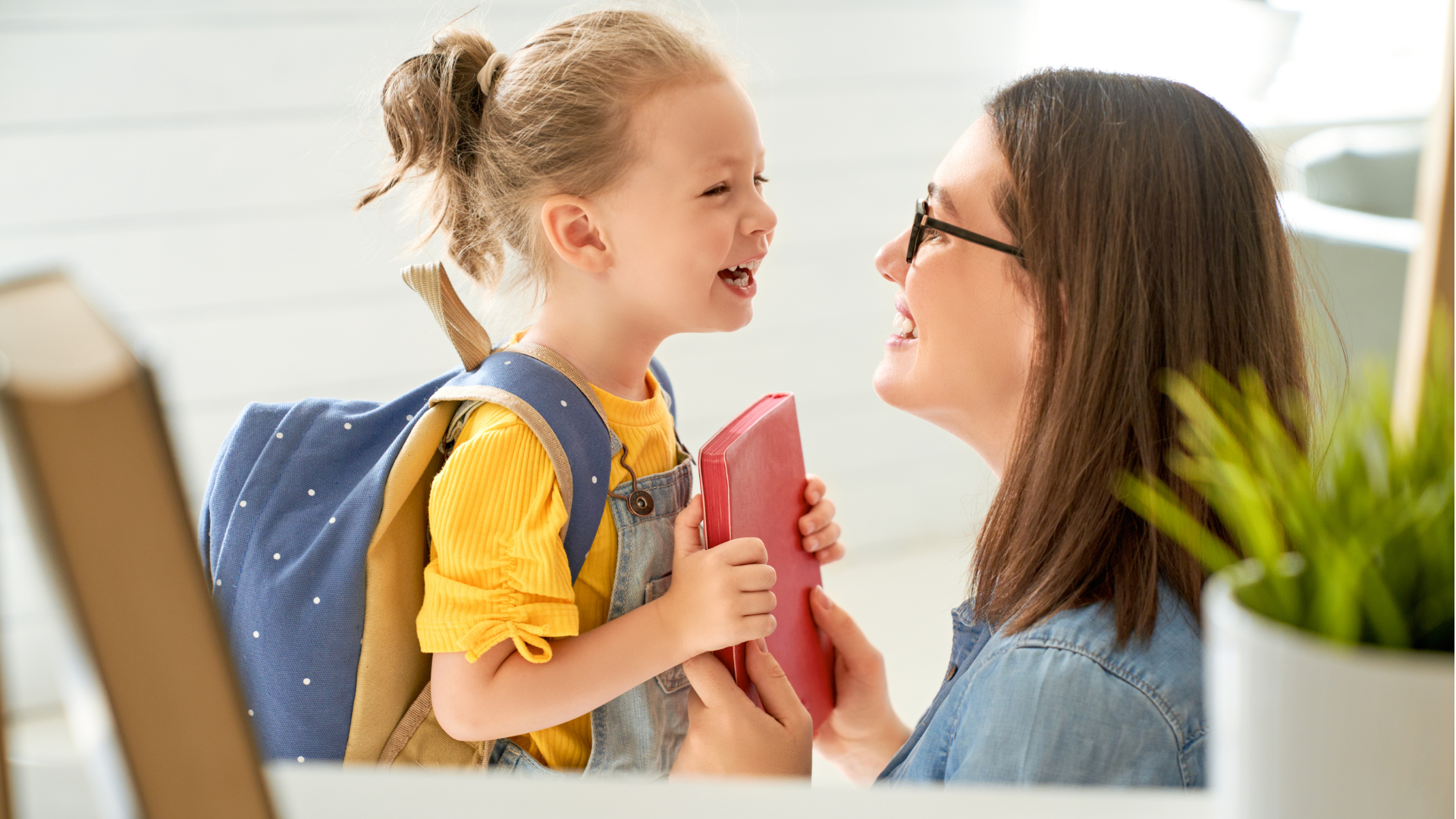When parents separate, figuring out where the kids will live is one of the biggest decisions. This is called physical custody — it’s about where the child spends their time and who they live with on a daily basis. Understanding physical custody can help parents create a plan that works for everyone and, most importantly, supports the child’s well-being. Let’s dive into what physical custody means, the different types, and how to make it work in a way that’s best for your family.
What Is Physical Custody?
Physical custody is all about where your child lives and how much time they spend with each parent. It’s different from legal custody, which is about decision-making rights. Physical custody is focused on the child’s day-to-day living arrangements, from where they sleep at night to who takes them to school or picks them up from soccer practice.
It falls into two main types:
- Joint Physical Custody: The child spends significant time living with both parents, though not necessarily equally.
- Sole Physical Custody: The child lives primarily with one parent, while the other parent may have regular visitation.
Each type has its pros and cons, and every family is unique, so let’s look at these in more detail.
Joint Physical Custody
Joint physical custody means the child spends time living with both parents, often with a schedule that splits time between the two households. It doesn’t always mean a 50/50 split; the schedule can vary based on what works best for the child and both parents.
For example, in a 2-2-5-5 schedule, the child might live with Parent A on Monday and Tuesday, with Parent B on Wednesday and Thursday, and then alternate weekends between both. Or at 2-2-3 schedule, the child’s weekday parent may change from week to week, with Parent A on Monday and Tuesday on Week one and on Tuesday and Wednesday on week 2. Another common plan is week-on, week-off, where the child lives one full week with each parent, switching every Sunday evening.
Benefits
- Maintains Strong Bonds with Both Parents: Joint or shared physical custody allows the child to build close relationships with both parents by spending significant time with each.
- Balances Parental Responsibilities: Parents share the day-to-day tasks of raising the child, which can reduce stress on each parent.
- Creates Stability for the Child: With a regular schedule, the child knows when they’ll be with each parent, providing a sense of routine and security.
Challenges
- Adjusting to Two Homes: Moving between two homes can be challenging, especially for younger kids who might need more stability.
- Scheduling Conflicts: Balancing the child’s school, activities, and social life across two homes can sometimes be tricky, especially if parents live far apart.
Example: How Joint Physical Custody Works for Emma’s Family
Emma’s parents, Jason and Maria, decided on joint physical custody. They both want to stay involved in Emma’s daily life, but they live 30 minutes apart. They agreed on a 2-2-3 schedule, where Emma spends Monday and Tuesday with Jason, Wednesday and Thursday with Maria, and alternates weekends between them.
This way, Emma spends regular time with both parents, and she knows exactly when she’ll be with each. They also use a shared calendar to keep track of school events and appointments, which helps them stay organized and keeps Emma’s schedule smooth.
Sole Physical Custody
Sole physical custody means the child lives with one parent most of the time, while the other parent has visitation rights. This arrangement might include regular visits, like every other weekend, or longer visits during school breaks.
Sole or single parent physical custody is often chosen if one parent lives far away, has a challenging work schedule, or if the child’s well-being would be better supported with a more stable, single-home environment.
Benefits
- More Stability for the Child: With one main home, the child has a consistent living environment, which can be helpful, depending on the parent’s relationship with each other, the distance the parties live from one another or the distance from the child’s school.
- Easier to Manage Schedules: Having one primary home can make it easier to keep up with school, friends, and activities without frequent transitions.
- Supports Long-Distance Co-Parenting: Sole physical custody can work well if one parent lives far away or has a schedule that doesn’t allow for regular time with the child.
Challenges
- Less Time with the Non-Custodial Parent: The child may not spend as much time with the other parent, which can be tough for both the child and the parent.
- Increased Responsibility for One Parent: The primary custodial parent may feel more of the day-to-day responsibility, which can be challenging if there isn’t a lot of support.
Example: How Sole Physical Custody Works for Ben’s Family
Ben’s parents, Sarah and Luke, decided on sole physical custody. Sarah has primary custody, and Ben lives with her during the week because her home is closer to his school and friends. Luke has visitation every other weekend, dinner every Wednesday and time alone with Ben during holidays from school as well as a few weeks during summer.
This arrangement works well because Sarah and Luke live an hour apart, and this way, Ben doesn’t have to spend too much time in the car. Luke still plays an active role in Ben’s life, and they make the most of their time together during visits and vacations.
Tips for Creating a Physical Custody Plan
Now that you know the types of physical custody, here are some tips to create a plan that fits your family’s needs:
- Put Your Child First: Think about what’s best for your child’s age, routine, and personality. Younger children often need more frequent time with each parent, while older kids may adjust to longer stays with each.
- Be Specific: Write down the exact schedule, including pickup and drop-off times. This way, everyone knows when transitions happen, and there’s less chance of confusion.
- Consider School and Activities: Try to choose a schedule that doesn’t interfere with school or activities. If one parent lives closer to the child’s school, it might make sense for the child to spend more time there during the week.
- Plan for Holidays and Special Days: Include a plan for holidays, birthdays, and other special occasions. Many parents alternate holidays or agree to split certain days, like one parent having Christmas morning and the other having Christmas evening.
- Stay Open to Changes: Life changes, and what works now might not work in a year or two. Be open to reviewing the plan as your child grows and adjusting it to fit their needs.
Final Thoughts
Physical custody is all about where your child lives and how they spend their time with each parent. Whether you choose joint physical custody, where the child lives with both parents, or sole physical custody, where the child primarily lives with one, the goal is to create a stable, loving environment.
By focusing on your child’s needs, being specific with schedules, and planning for special occasions, you can build a physical custody plan that supports a happy, balanced life for your child.


